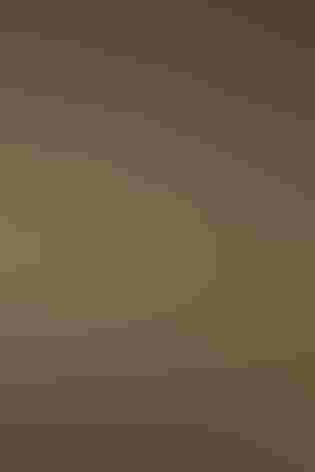Elegant Trogon
At a Glance
Since the 1890s, the possibility of seeing a trogon has lured birdwatchers to southern Arizona. With its brilliant metallic colors and odd croaking call, the Elegant Trogon brings an exotic touch to the wooded canyons and streamside sycamores where it lives. The observer who finds one may get to watch it at leisure: rather sluggish, the trogon may sit upright on one perch for several minutes.
All bird guide text and rangemaps adapted from Lives of North American Birds by Kenn Kaufman© 1996, used by permission of Houghton Mifflin Harcourt Publishing Company. All rights reserved.
Category
Perching Birds, Trogons
IUCN Status
Least Concern
Habitat
Arroyos and Canyons, Forests and Woodlands
Region
Southwest
Behavior
Hovering, Undulating
Population
200.000
Range & Identification
Migration & Range Maps
In Arizona, most arrive in April and May, depart during September and October. One or two sometimes remain through winter along streams at low elevations. Throughout most of range, a permanent resident. Sometimes strays into Texas from northeastern Mexico.
Description
11-12" (28-30 cm). Distinctive upright posture and tubular shape, red belly, white chest band, yellow bill. Tail shows narrow barring below, coppery sheen above. Head and back brownish (female and young) or golden green (male).
Size
About the size of a Crow, About the size of a Robin
Color
Black, Brown, Green, Red, White, Yellow
Wing Shape
Fingered
Tail Shape
Long, Rounded, Square-tipped
Songs and Calls
A loud but hard to locate ko-ah ko-ah ko-ah or kum! kum! kum!
Call Pattern
Falling, Flat
Call Type
Raucous, Scream
Habitat
Mountain forests, pine-oak or sycamore canyons. In Arizona, breeds in canyons through the pine-oak zone of mountains, almost always where sycamores grow along flowing streams. In Mexico and Central America, lives in canyons and scrubby lowland woods in relatively dry areas, avoiding tall rain forest.
Sign up for Audubon's newsletter to learn more about birds like the Elegant Trogon
Behavior
Eggs
2, sometimes 3, occasionally 4. Incubation is by both parents, 22-23 days; female incubates at night and at midday, male in early morning and late afternoon.
Young
Cared for and fed by both parents. Young leave the nest about 20-23 days after hatching, but are dependent on their parents for a few more weeks.
Feeding Behavior
A trogon will perch quietly, turning and tilting its head very slowly as it peers about. After spotting a choice berry, or an insect sitting on a leaf, the bird will fly out and hover for a few seconds as it plucks the item, and then swoop away to another perch.
Diet
Mostly insects and fruits. Feeds on a wide variety of insects, especially big ones such as katydids, cicadas, walkingsticks, and large caterpillars. Will also eat small lizards. Also eats many small fruits and berries, such as chokecherry and wild grape, especially in late summer and fall.
Nesting
Male defends nesting territory with repeated calling in spring. In courtship, male leads female to potential nest sites, calling from inside cavity; female enters to indicate acceptance. Nest site is in cavity in tree. In Arizona, usually in old flicker hole in dead tree or limb, especially in sycamores; 8-50' above the ground, typically about 25-26' up. Sometimes competes actively for nest sites with other birds, such as Sulphur-bellied Flycatchers. Little or no nest material added, eggs laid on bottom of cavity or on accumulated debris.
Conservation
Conservation Status
Probably has gradually increased in Arizona during the 20th century; up to 50 pairs now nest there. Vulnerable to disturbance by observers while nesting.






